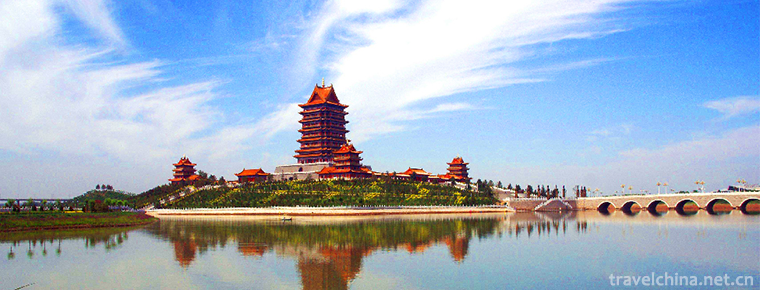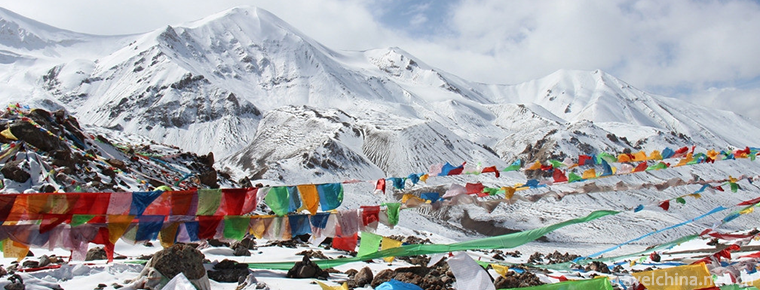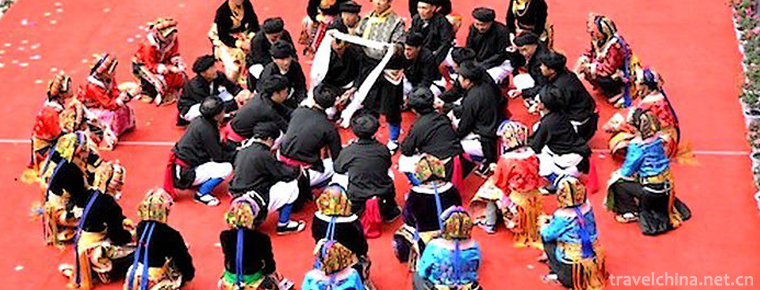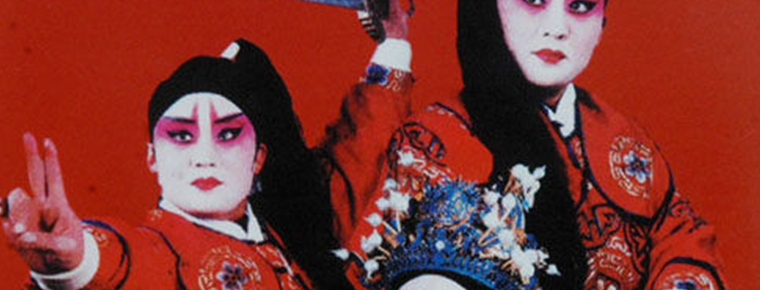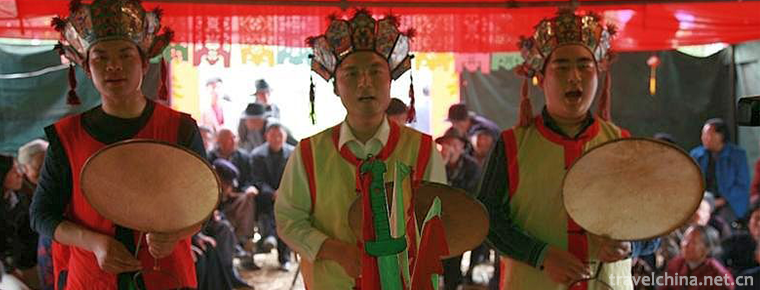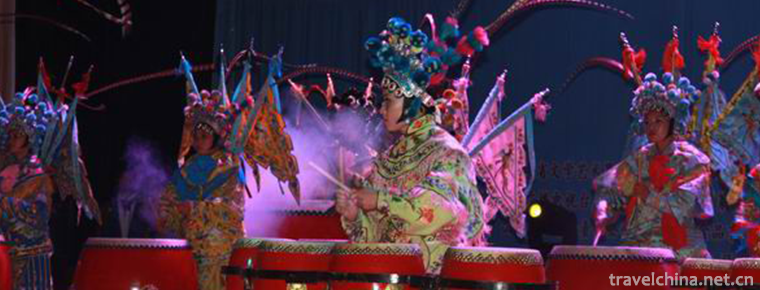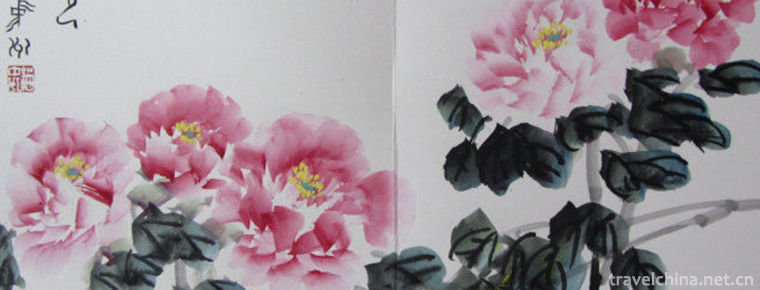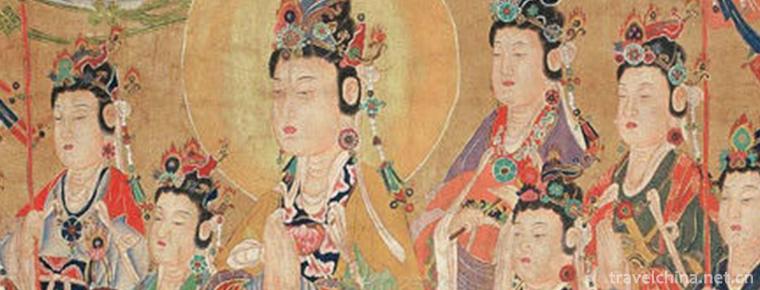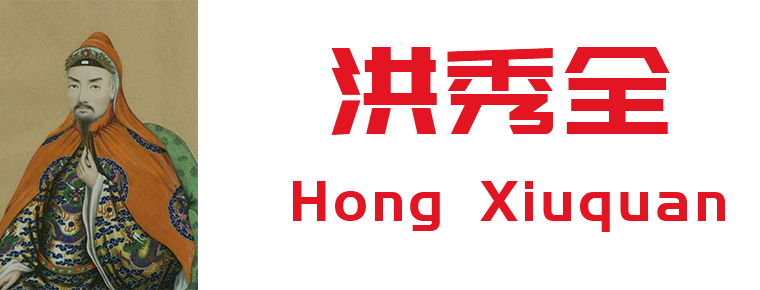Yi dress
Yi dress
The costumes of the Yi nationality are colorful, unique in style, and have nearly 100 kinds of shapes. Historically, because of the numerous branches and scattered residence of the Yi people, there are obvious differences in costumes and clothing styles in different places, with a strong regional color, a wide range of eyes and unique features. Many areas in Liangshan have cold seasons and little climate change, so the seasonality of Yi costumes is not strong, and Chaerwa (shawl) is perennial. Yi costumes are rich in color and varied in style, and adorned with a large number of silver products and embroidery.
Yi costumes are usually made by hand of pure wool, from collecting wool, spinning yarn, dyeing to weaving, cutting and embroidery, all of which are finished by Yi people.
On November 11, 2014, Yi costumes were approved by the State Council and listed in the fourth batch of national intangible cultural heritage list.
Clothing characteristics
Essential information
Women usually wear a large-skinned right-jacket with lace or embroidery, a black head wrap, earrings, and silver ribbons at the neckline. In addition to skirts worn by the Yi people in Xiaoliangshan and Yunnan, women in other areas wear trousers. Many of the women's trousers are embroidered with delicate lace on their feet. Married women's skirts, cuffs and necklines are also embroidered with exquisite and colorful lace, especially on their waistbands. In central Yunnan, unmarried women in southern Yunnan often wear bright cockscomb hats with red reels and pearls. Cockscomb hats are often cut into cockscomb shapes from cloth shells and embroidered with tens, hundreds or even thousands of silver bubbles. In the past, both men and women of the Yi people living in mountainous areas preferred to wear a "shingle" - sheepskin felt. It resembles a cloak and is woven from wool and grows below the knee. It is usually dark black with hair spikes at the bottom. Before the age of 15, a girl of Yi nationality wore a red and white kid's skirt with a single braid. When she reached the age of 15, a ceremony called "Salaro" was held in some places, which means "changing skirts, combing braids and pulling ear threads". It marked that the girl had grown up. After the age of 15, she had to wear a long floor skirt with black young girls in the middle. Single braid combed into two braids, wearing a headdress embroidered with colorful flowers, pulling off the old thread worn in childhood and replacing it with silver eardrops. Most Yi men wear black, narrow-sleeved, laced right-open jackets and pleated, wide-legged trousers. There is a lock of hair about three inches long on the top of the head. Chinese is called "Tianbodhisattva" and Yi is called "Zier". This is the way Yi men show their gods. They must not touch them. Outside wrapped in green or blue or black bald head as long as Zhangyu, right front tied into a thumb thick long vertebral "Zier" - known as "heroic bun" in Chinese. Men take no need as beauty, use their leisure to pull out their beards one by one, wear yellow or red ear beads strung with red silk thread on their ears, and red silk thread under the beads.
Color characteristics
Generally, young men and women wear bright colors. They like to use red, yellow, green, orange, powder and other contrasting strong colors with a variety of patterns. The pattern of middle-aged people's clothes is less than that of young people. The colours used are sky blue, green, purple, green, white and so on. They are plain and solemn. Old people often use blue cloth and blue cloth instead of flowers. They only adorn the blue edge of blue clothes or blue edge of blue clothes. Clothing pattern, lace, it has a strong national and local color and breath of life. There are celestial phenomena such as sun, moon, star, cloud, Tianhe, rainbow, natural maps such as mountains and rivers, animal maps such as cockscomb, bull's eye, horn, roe's teeth, plants and objects such as leaves, flowers, sickles, braided hair, geometry, etc. The decorations are beautiful, solemn and bright in color. Various patterns, mostly with all, silver, copper, jade, stone, bone and other raw materials, casting, processing, pressing, mosaic, carving parts for local craftsmen. In the past, when Liangshan Yi men and women went barefoot in winter or went out, they wore straw shoes woven with hemp rope or straw rope, felt socks shaped like boots made of wool, or cotton wrapped or wool tied legs to protect their feet and keep out the cold.
Costume features
Both men and women of the Yi nationality are outdoors with "Chalva" and "Pifei". The Yi name of "Chaerwa" resembles a cape. It is sewn with coarse wool yarn, usually 13 pieces. Each piece is seven or eight centimeters wide and is mostly dark blue. Saint Chad is the most gorgeous area, with red, yellow teeth and green lining on the edge, and a 30 cm long rope spike hanging from the bottom. The felt is made of about two kilograms of wool. It is as thin as copper coin and folded in wrinkles 6 centimeters wide. It is usually 30 to 90 folds, with wool rope as its collar. Most of them are primary or blue. Chaerwa and felt are the necessary clothes for Yi people, men, women and children. They are clothes in the day, quilts in the night, rain and snow, and it is not easy to get cold or summer.
Dress Types
Men's clothing
Men often have hair on their heads. The Yi people call it Zier or Zimu. This is an ancient traditional costume. At the age of 45, a boy had square hair on his head, which he pulled into a bun as an adult. People regard it as the representative of the gods and believe that it can dominate the good, evil and fortune. Therefore, it is sacred and inviolable, and no one can touch or tease it. Therefore, Chinese calls it "the Bodhisattva of Heaven". The head is wrapped with blue cotton cloth or silk knitted headscarf. The head of the headscarf is mostly a pointed cone. On the left side of the forehead, the Yi language is called the "heroic knot" in Chinese. Young people often tie up heroes in a slender and upright way to show their bravery, while the elderly are often like snails to show their maturity. The Yi men take no need as their beauty and often pull out their beards from their youth. Boys with perforated left ear wear earrings slightly longer.
Women's clothing
Women's jackets, wool, cotton, silk, platoon, front, back collar and cuffs are patterned with coloured thread. Gold, silver, jewellery and jades are ornamented around the neckline. Some ornaments are made of disc buckles and wrapped with colored silk thread. They have different shapes and are quite ingenious. Ganluo Yi women's clothes have many skirts and unique style. Saint Chad's rabbit fur vest has a unique style, that is, a circle of snow-white rabbit hair is set on the bottom of the blue-bottom colored sleeve cage, which is gorgeous and beautiful. Women have many pleated skirts, which are made of wide cloth and narrow cloth. Children's skirts are mainly red, white, or several colors, young people are mainly red, blue, white or red, blue and white, old people are mainly green, blue or blue. Children's skirts are short, usually two sections, with small waists. Adults have three segments, the upper segment is waist, the middle segment is straight barrel-shaped, and the lower segment is fine grille. The long skirt is characterized by folds in the lower sections, so it is commonly known as "pleated skirt", with pleats as the most expensive. The length of the old skirt is related to identity. The black Yi women's long skirt sweeps the ground, flying dust as they walk to show their dignity. The wool skirt in the area is soft and elegant in texture. The middle part is barrel-shaped, long and narrow, red. The blue thin pleats in the lower section are uniform and neat. The red, white and black thin stripes are in harmony between the lower sections. The color of the wool skirt is blue, and the pleats scatter around the knees, forming a trumpet. Rules are wrinkled and flickering, light and elegant. Yi women wear needle barrels, mouth strings, Swertia teeth and musk as chest decorations. Triangular purse is worn around waist. The surface of the bag is decorated with various patterns. It is sewn with different wrapping cloth. The upper end opens and is decorated with five-color ribbon. It is hanging on the left waist. It is practical and beautiful. The wrist is decorated with gold, silver, copper, jade and stone bracelets, with gold and silver or stone saddle-shaped rings and cat's eye-shaped rings. The ladies also wear gold, silver, copper chains, locks, pendants, chest and back ornaments.
The Special Dresses of Yi Girls-Lacing
Girls of the Yi nationality like to wear fringed clothes very much. This is a kind of broad and long right jacket. The sleeves and bosoms of the clothes are embroidered with gold, red, purple and green patterns. The collar is inlaid with silver bubbles. This kind of clothes is also a talisman of the Yi girls.
Legend has it that a beautiful girl fell in love with a hard-working young man a long time ago, but the son of a rich family liked the girl too. The parents of the girl promised to marry her daughter to the son of a rich man. The clever girl laced her dress while sewing it. On the day when the man robbed her, the girl put on her lace-trimmed clothes with some partners, and all the girls wore long "bangs". The robbers saw a group of girls wearing the same clothes, and Liu Hai covered their eyes. They couldn't recognize which one was the bride, so they had to go home disappointed. After that, the girl married her lover and lived a happy life. This kind of garment has become a talisman for Yi girls to strive for freedom and happiness.
Girls'Dress
After hair growing, the Yi girls comb their single braids perpendicular to the back of their brains. At the age of eighty-nine, a single braid was placed around the top of the head, tailed with red cotton thread, and sometimes buttoned with bow-shaped wooden combs. When they married, they split their braids and pressed their cross plates on their headscarves. If you have not yet married but reached adulthood, you can also choose the day to comb double braids. In Chad, young people wear double-decked embroidered head pads with red and blue faces. In Eno, one or two meters of blue cloth is folded into several layers to top their heads. The area is a long green cloth, laced with lace, folded on the head. All three districts change their handkerchiefs after giving birth. In Santa Cha and Eno areas, the lotus-shaped jacket cap was replaced with the bamboo-framed green cloth dome cap. There are also long black cloth wrapped head, cloth about 3 centimeters wide, around the head, disc about 10 centimeters. Highlighting the older the more expensive, such as the black Yi aristocratic women in the past, regardless of age, fertility or not, are universal. Before a woman was a teenager, red and green beads, as big as peas, were hung on her ears. They were strung with four iron wires, three or four centimeters long. They were tied with red cotton thread and threaded around her ears. Or wear small red stone circles, threads into the circle, separately hanging ears. Earrings should be worn as adults or when braided. Earrings are coral, silver bubbles, stone ear beads, jade, shellfish, silver ear cards, mostly round stars. There are many styles of silver or copper. The most common type is triple or quadruple combined bracts with medium-sized red beans. In the old days, black Yi noble women often wore inverted flower pedicels. There were five tapes made of sagging silver silk, each with a round tail and unique shaking. The collar is a separate one, not connected to the jacket, with silver bracts on it, and a rectangular or plum-blossom-shaped collar at the middle button in front.
Embroidered garments of the Yi nationality
Most of the Yi women in Yunnan are good at embroidery. In the areas where the Yi people live, the Yi women wear exquisite flower dresses. Yi women's clothes are mostly left-jacketed clothes with wide edges and large sleeves. Red, gold, purple and green silk threads are used to embroider various patterns on the chest, shoulders, cuffs or the whole dress. Silver bubbles are also embedded in the collar. In addition, Yi women also like to embroider various colorful and meaningful patterns on their headscarves, skirts, shoulders, dresses, waistbands, trousers feet, skirts and other places as unique decorations.
Flower embroidery is the characteristic of Yi costumes. Nearly everyone of the Yi women is a master of embroidery. They have learned embroidery, pick-up and patch-up techniques, plain embroidery, crepe embroidery, entanglement embroidery, paste embroidery and other stitches under the guidance of their mothers since childhood. The marriage dress of the Yi girls is a symbol of the ability of the elders and young people to measure the girls. If the Yi girls can't embroider or embroider badly, even if they are beautiful, they can hardly find the right man. Yi women's clothing has a variety of embroidery from head to foot. Every flower is a beautiful handicraft. It is worth studying and preserving as a national embroidery specimen.
Characteristics of different regions
Chuxiong Yi Costume
This kind of dress is mainly popular in the counties and adjacent areas of Chuxiong Yi Autonomous Prefecture in Yunnan Province. This is the place where the ancient Yi people migrated from place to place. Now it belongs to the intersection of the six dialects of Eastern, Southern, Western, Northern and Central Yi, so its costumes are particularly colorful. Generally speaking, wearing a right-jacket, large-breasted jacket and long trousers is the basic style of modern women's wear. Women's jackets have many decorations and gorgeous colors. The patterns are mostly moire and cherry blossoms. They are mostly decorated on the chest and shoulder of the jacket. The craft is mostly inlay and plain embroidery. Women's headwear can be divided into three categories: handkerchief, twisted head and embroidered hat. If subdivided, there are more than 40 kinds of headwear, and each kind of headwear often becomes the symbol of the Yi people in a certain area. Men's clothing is becoming more and more Chinese and fashionable, but there are still many areas retaining the custom of wearing sheepskin jacket, fire grass and linen clothing, which is rare in other areas of Yi costumes.
Liangshan Yi Costume
It is popular in Liangshan and adjacent Jinsha River areas in Sichuan and Yunnan. Both men's and women's jackets are right-handed large-skinned clothes, and the Yi men in Liangshan area still retain the ancient customs. They have long hair on the forehead of their heads, which symbolizes the dignity of men and is sacred and inviolable. The Yi people are commonly known as the "Bodhisattva of Heaven". The Yi men of Sichuan and Yunnan Liangshan preferred to wrap their heads in blue or blue cloth and tie a long conical knot on their foreheads to show their heroic and mighty spirit, commonly known as "heroic knot". According to archaeological discoveries, this kind of head dress was found on the shellfish from the tomb of King Dian in the Han Dynasty in Shizhai, Jinning, Yunnan Province. It can be seen that the "hero knot" is a rather simple tradition. In addition, the wear with thin tendons slanting on the body (used in ancient times to tie knives) is called "heroic belt". Some left ears wear honey wax beads and silver earrings and other ornaments, and the bottom is long trousers, but because of different geographical areas, there are large, medium and small trousers feet. Unmarried girls wear all kinds of headkerchiefs, postnatal women wear hats or headbands, which are black; women wear gold, silver, coral, jade shells and other earrings in both ears, and silver collars in the lower neck; under a pleated skirt made of multi-layer colored cloth, it is often long to drag the ground, the upper part fits well, and the lower half is pleated, which highlights women's body type. Add a little graceful posture. The big and small Liangshan Mountains are steep and the climate is cold, so the local Yi people use blankets to protect themselves, commonly known as "Zaerwa". The shirt is made of wool. It has white, grey and green colours. The upper part is made of wool rope, and the lower part is covered with a 0.33 meter long beak. It often takes several months to make a muirwa. The muirwa of the Yi people stays away all the year round, resisting the wind and cold in the daytime and being covered at night can be regarded as the symbol of Liangshan Yi's costume. Traditionally, wool and hemp are the main clothing materials. Black, red and yellow are preferred to match. Traditional patterns such as sickle, horn and whirlpool are often made by picking, embroidering, inlaying and dyeing. Liangshan, big and small, with dangerous mountains and rivers, traffic congestion in the past and few contacts with the outside world, its clothing is simple, unique and relatively complete, which retains the traditional style of the Yi people, and is in line with the Yi people's costumes painted on the walls of the Huo's tomb in Zhaotong in the Eastern Jin Dynasty.
Yi costumes in Western Yunnan
This kind of clothing is mainly popular in Dali, Simao, Lincang, Baoshan and other places in Western Yunnan. Women's upper garments are mostly right large skirts, short front and long back, with long trousers, waistbands and shoulders. The mountain women's clothes between Weishan and Midu counties are colorful and embroidered, with embroidered felt wrapped around the back. Other areas are more simple and elegant. Its headdress or wear cloth cap, or wrap green pa, like to decorate colorful ribbons, beads and other jewelry. There are many splendid and gorgeous legacies of Nanzhao Royal nobles. In the past, men wore right-jacket long-skinned shirts, wide-legged trousers, green handkerchiefs, belts or leather pockets, but now they wear more fashion.
Yi costume of Honghe type
This kind of clothing is mainly popular in the Honghe area of southern Yunnan, with Jianshui, Shiping, Yuanyang and other counties as the most typical. Women's clothes are colorful, including large-skinned right-jacket long gown, medium-length clothes and short clothes, generally wearing trousers, jacket shoulder, apron; headdresses are dazzling, mostly decorated with silver foam or wool thread; clothing tone is very strong, and consistent with matching contrasting colors, bright and decorative; patterns are mostly natural patterns. Geometric pattern takes second place. Men's clothing is not much different from other places.
Yi costume of Wumengshan type
This kind of dress is popular in Zhenxiong, Yiliang, Weixin and other counties in Zhaotong area of Yunnan Province, as well as in Bijie, Liupanshui, Xuyong, Sichuan and Longlin, Guangxi, where the Yi people live together. Wumengshan area is the birthplace of ancient Yi culture in southwest China. In the past, Yi costumes and Liangshan Yi costumes were basically the same. Since Ming and Qing Dynasties, the style of costumes has changed greatly.
At present, the dresses of Yi men and women in this area of Yunnan Province are usually blue and large-skinned right-jacket long shirts and trousers, wrapped in black or white headkerchiefs, tied with white cloth belts and embroidered high-nailed "kite shoes". Men's clothes have no pattern and they often wear wool felt when they go out. Women's clothing collars, cuffs, flaps, hems and trousers feet are decorated with color patterns and combination patterns, commonly known in Chinese as "anti-shoulder large roll-suspended four pillars", head-wrapped Green Pa as a person"glyph, and silver ornaments such as Dale, earrings, bracelets, rings, etc. After marriage, earrings are replaced by earrings, white or embroidered waistbands, pendulums float behind. Band. Yi women in some areas wear short clothes and long skirts. Liangshan, big and small, with dangerous mountains and rivers, traffic congestion in the past and few contacts with the outside world, its clothing is simple, unique and relatively complete, which retains the traditional style of the Yi people, and is in line with the Yi people's costumes painted on the walls of the Huo's tomb in Zhaotong in the Eastern Jin Dynasty.
Yi costumes in central and southeastern Yunnan
It is mainly prevalent in Kunming, Wenshan and parts of Honghe Prefecture adjacent to these two areas.
The main styles of women's clothes are right-skinned or double-skinned jackets, trousers and skirts in some places. With white, blue and black as the background color, decorative animal and plant patterns and geometric patterns. Its headwear varies greatly from place to place. Some young Yi women in Kunming wear "cockscomb caps" like cockscombs, embroidered with silver foams of various sizes and sizes, and have fine workmanship. Older women usually wear buns. The headdress hoop of unmarried women in Guishan area is decorated with a pair of triangular embroidery cloth on both ears and a bunch of beads hanging from the back of the head to the chest. The Yi women in Maitreya and the southern part of the road wrap their heads in black with double braids, leave a bunch of hair hanging behind their heads, and adorn them with beads, silver chains, shells and wool patterns. Women in Wenshan, Xichou, Maguan, Funing and other parts of the country wear black scarves or top-flowered handkerchiefs with simple headdresses, while women in Qiubei, Kaiyuan, Luxi and other parts of the country have abundant headdresses, such as silver bubbles, velvet balls, flowers and shells. Men of this type usually wear pairs of skirts, jackets, shoulders, wide-end trousers, and some also tie legs, head wrapped in black scarves.

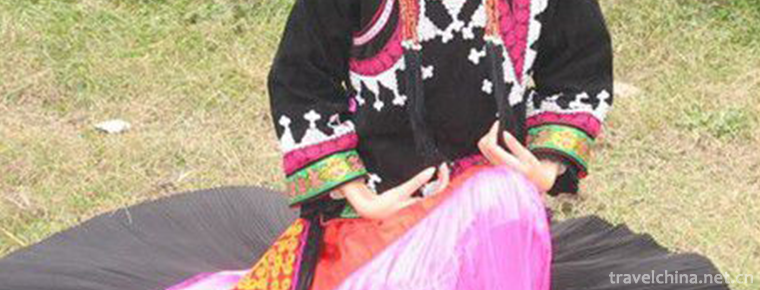
-
China Yellow River Building
The Yellow River Building of China has the Yellow River China History and Culture Exhibition Hall, the Yellow River Ningxia History and Culture Exhibition Hall, the Yellow River Impression Exhibition .
Views: 158 Time 2018-12-22 -
Qinghai Tibet Plateau Wildlife Park
Xining Wildlife Park, also known as the Qinghai-Tibet Plateau Wildlife Park, is the only large-scale comprehensive wildlife park in the Qinghai-Tibet Plateau with the highest elevation.
Views: 180 Time 2019-02-07 -
Legend of Anima Qingxueshan
The Legend of Anima Qing Snow Mountain refers to the legendary Anima Qing Mountain God, who is a powerful and upright God riding a high-headed white horse, holding a Mani bag (a treasure)..
Views: 186 Time 2019-03-28 -
Bo Ba Shen en
Bobassengen is a unique folk large-scale narrative mass pot village dance created by Ganbao Tibetan Village in Jiarong Tibetan area, Lixian County, Sichuan Province. "Boba" .
Views: 389 Time 2019-04-04 -
Big flat tone
Da Ping Diao (also known as Ping Diao, Da You Bang and Da Bang Opera), one of the local traditional operas in Henan and Shandong Province, is one of the national intangible cultural heritage..
Views: 215 Time 2019-04-23 -
End drum cavity
Weishan Lake Drum Tune, also known as Duangong Tune, is a traditional folk art of the Han nationality originating in Weishan County and Dongping County of Shandong Province .
Views: 211 Time 2019-04-28 -
Liaoning wind and percussion ensemble
Liaoning drum music, commonly known as drum music. It is one of the traditional folk instrumental music in China. Liaoning drum music is divided into Suona music and Sheng wind music, and according to.
Views: 283 Time 2019-05-13 -
Luoyang Peony Festival
The Chinese Luoyang Peony Culture Festival, formerly known as the Luoyang Peony Flower Festival, has been selected into the national intangible cultural heritage list since 1983. In November 2010, it .
Views: 107 Time 2019-05-15 -
Surface painting
Water and land painting Festival is a traditional religious painting. Originated in the Three Kingdoms Period, Buddhist monasteries prevailing from the Jin Dynasty to the Yuan, Ming and Qing Dynasties.
Views: 302 Time 2019-06-15 -
Hong Xiuquan
Hong Xiuquan (January 1, 1814 - June 1, 1864) was famous for his show. In order to avoid God's "Huo Huo Hua", Jehovah "Homonym" has been changed to the present name, the founder of.
Views: 202 Time 2019-09-07 -
Huangjing Nature Reserve
This entry is lack of overview map, supplement the relevant content to make the entry more complete, but also quickly upgrade, come on!.
Views: 305 Time 2020-10-16 -
Dazhou Technology
In 2019, Dazhou has 66 national high-tech enterprises, and the main business income of high-tech industry is 34 billion yuan. There are 1 national level maker space and 1 star innovation space, 6 provincial science and technology enterprise incubators.
Views: 191 Time 2020-12-20
